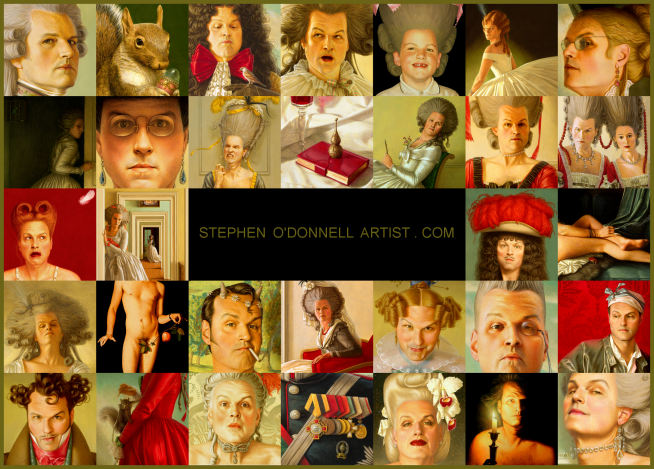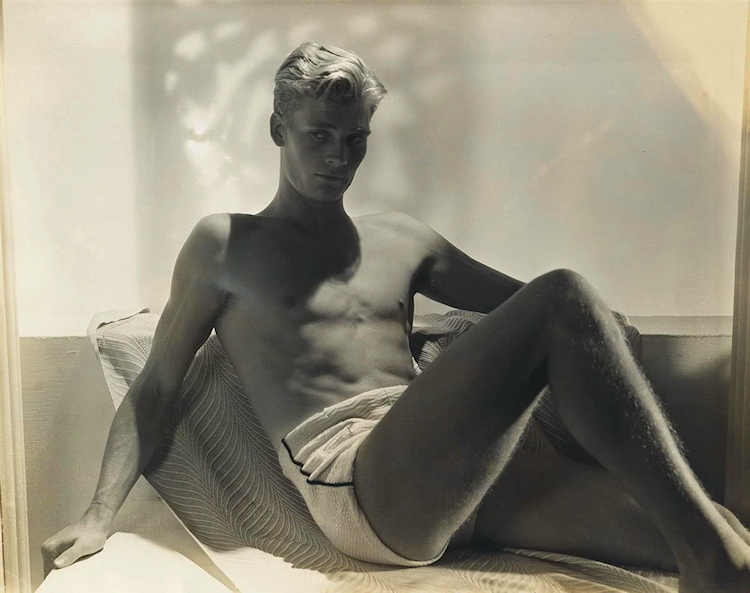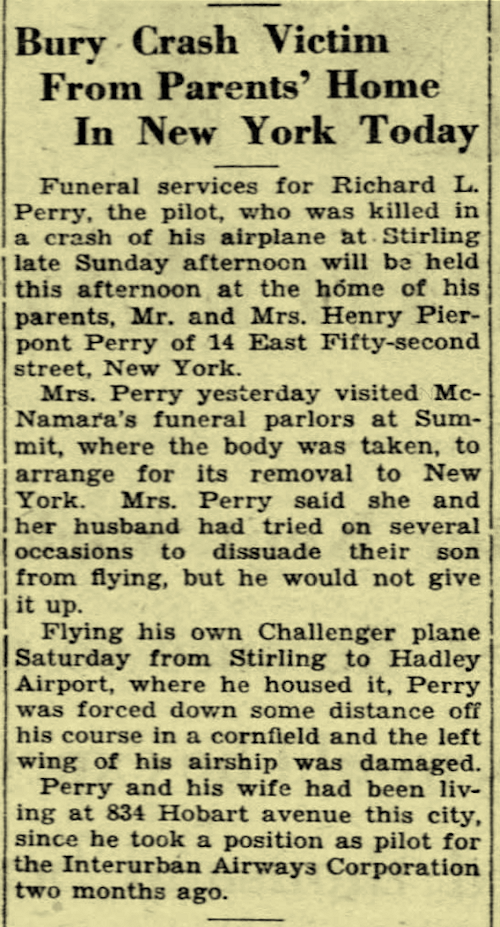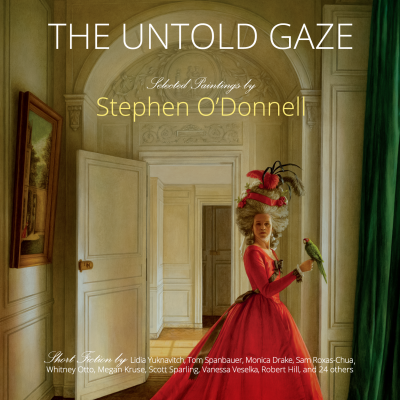I've always loved this painting, the way she shimmers. The whole painting does, really. Her satin cloak, certainly, but also throughout the landscape, brilliant silver tracing and breaking through. All of it matched by - or is it merely reflecting? - the energy and wit of the young woman's bright, smiling glance.
*
Elizabeth Farren (circa 1759, Cork, Ireland - 23 April 1829, Knowsley Hall, England), Irish actress. She was the daughter of a surgeon, later an actor, whose drinking habits brought on his early death, after which his widow returned to her native Liverpool, going on the stage to support the family. At a very early age, Farren began taking on juvenile parts, acting with her mother and sisters; her sister Margaret Farren also became a well-known actress. She made her first appearance in London at the Haymarket in 1777, playing Miss Hardcastle in She Stoops to Conquer. The following year, she made her debut at Drury Lane. She performed primarily at that theater or at the Haymarket for the rest of her stage career, with occasional performances in the provinces and at Covent Garden. She would go on to have over one hundred characters in her repertoire. These included Shakespeare's Hermione, Portia, Olivia, and Juliet but, apparently, the comedic roles such as Lady Betty Modish, Lady Townly, Lady Fanciful, and Lady Teazle were her favorites. In an age when actresses were thought no better than prostitutes - indeed, not a few took to that profession as a sideline, though more politely called "courtesans" - Farren made an impressive career change when, in 1797, she married, as his second wife, Edward Smith-Stanley, 12th Earl of Derby. Her husband reportedly treated her with great respect. The couple had a daughter, Lady Mary Margaret Stanley, who would marry Thomas Egerton, 2nd Earl of Wilton. Elizabeth Farren, Countess of Derby, died in her seventieth year at the ancestral home of the Stanley family - the Earls of Derby - Knowsley Hall, her husband following five years later.
Farren's retirement from the stage had been much regretted. Horace Walpole spoke of her as the most perfect actress he had ever seen, and the great Mrs. Siddons, on the day of Farren's marriage, lamented the loss of "our comic muse."


















.png)





.png)





































